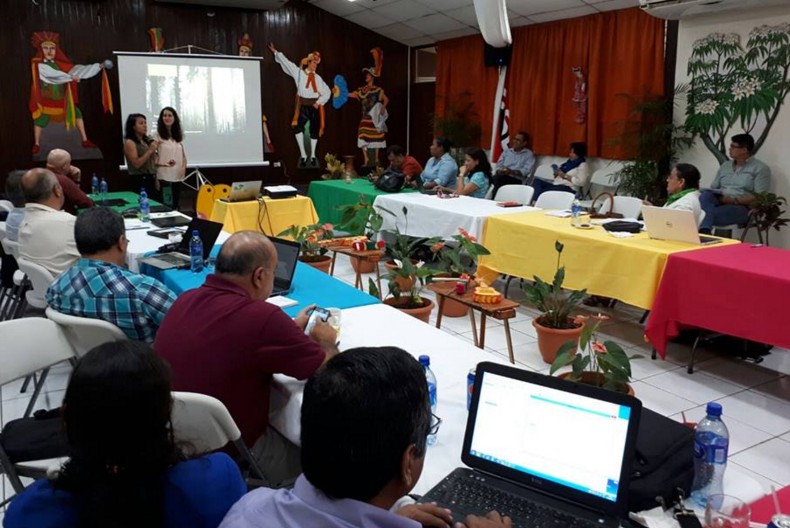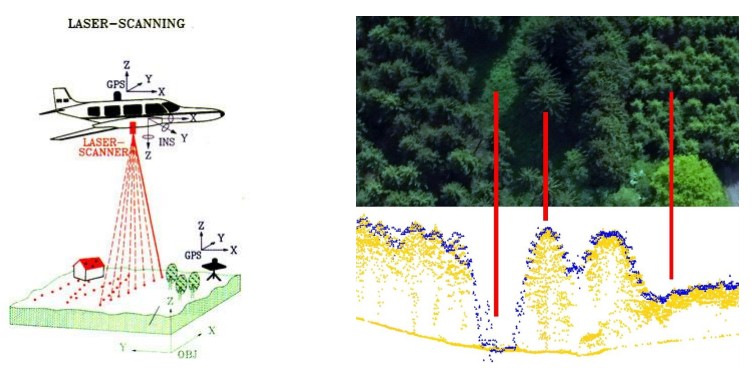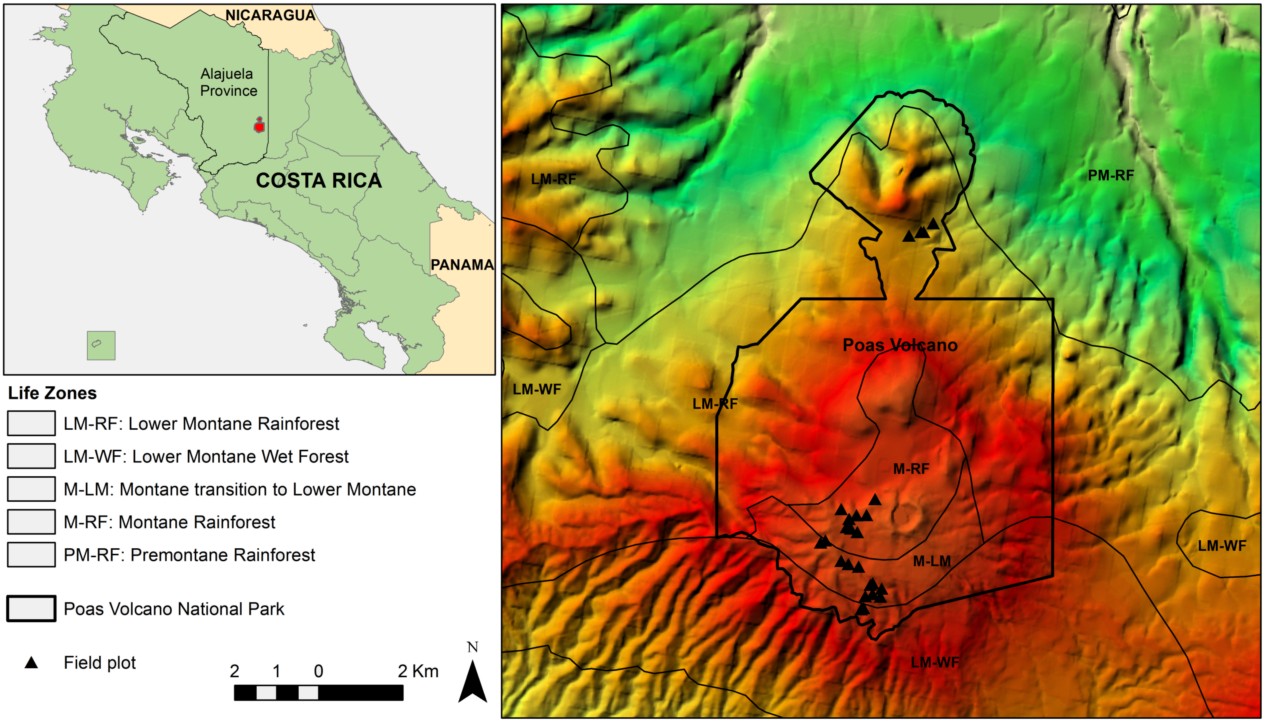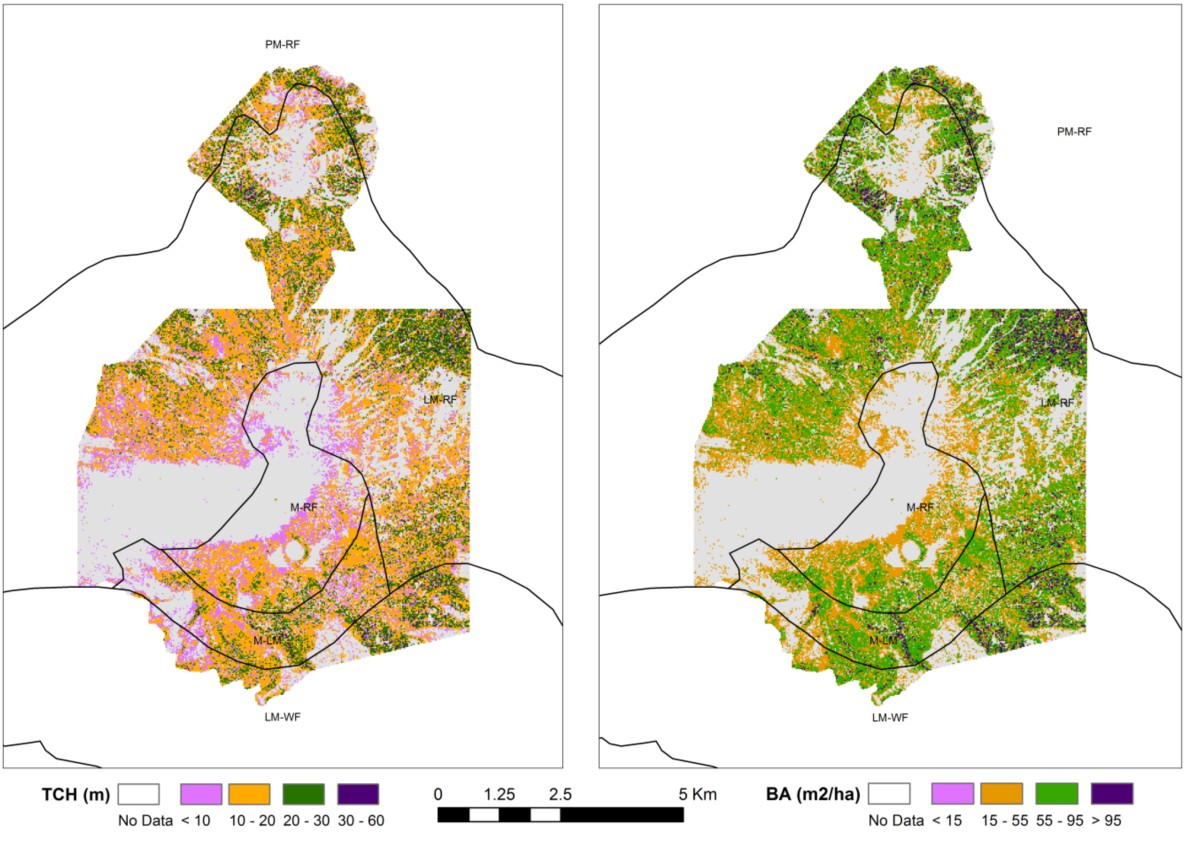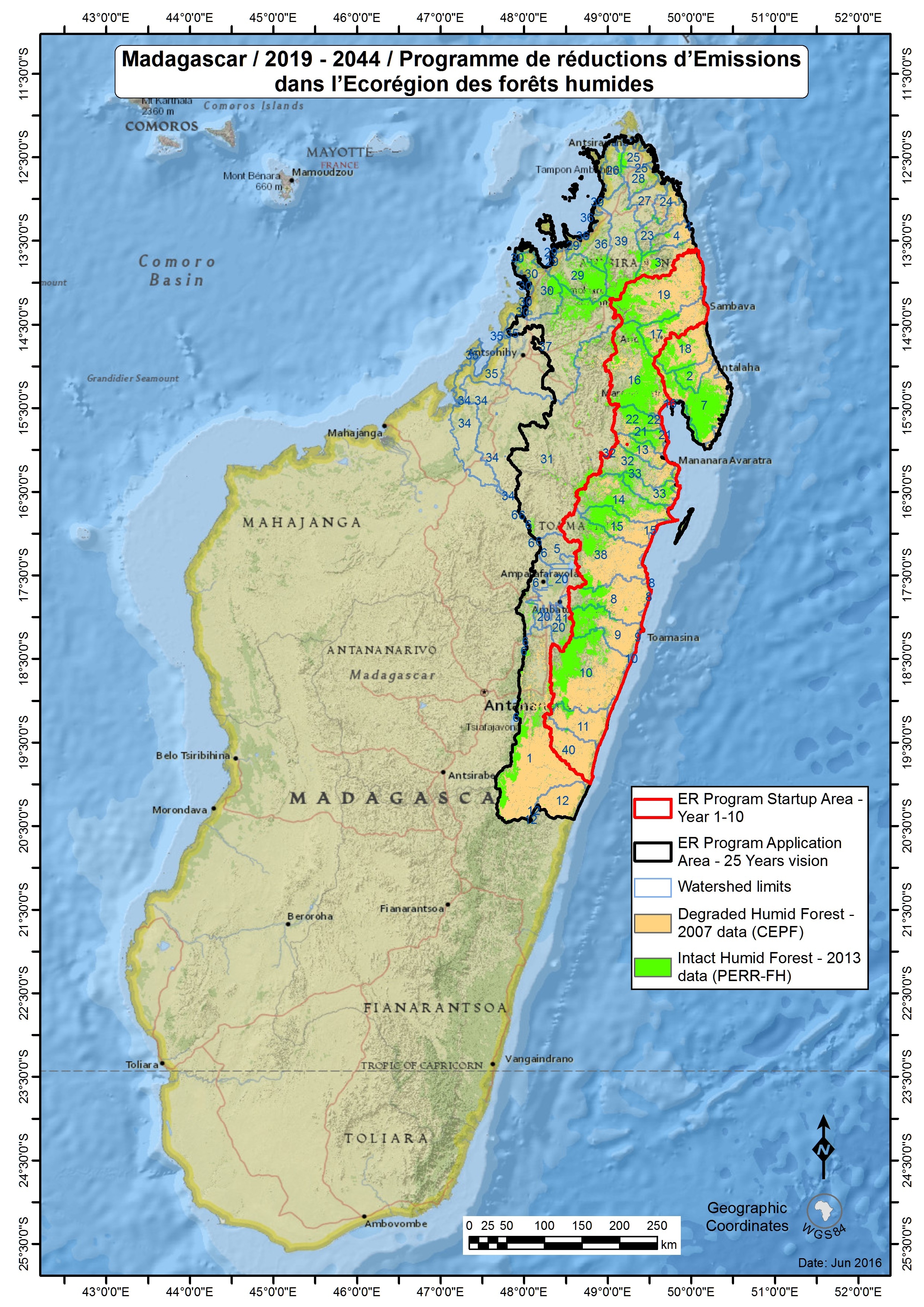Agresta is working with the Ministry of the Environment and Natural Resources (Ministerio del Ambiente y los Recursos Naturales, MARENA) of the Nicaraguan Government to develop reference levels for forest emissions and removals as for their Emission Reduction programme, as well as to set up the system for Monitoring, Reporting and Verification within the framework of the country’s REDD+ strategy: Nicaragua is currently finalising their Emission Reduction proposal which will be presented to the Forest Carbon Partnership Facility (FCPF), managed by the World Bank.
The Forest Carbon Partnership Facility is a global partnership of governments, businesses, civil society, and Indigenous Peoples focused on reducing emissions from deforestation and forest degradation, forest carbon stock conservation, the sustainable management of forests, and the enhancement of forest carbon stocks in developing countries (activities commonly referred to as REDD+). The Carbon Fund selected countries in line with negotiated contracts to reduce emissions. Payments from the Carbon Fund aim to provide an incentive to the receiving countries and the various stakeholders –including indigenous peoples who are dependent on the forest, other forest dwellers and the private sector- to achieve long-term sustainability in the funding of forest conservation and planning. This would help reduce the negative impact of forest loss and degradation on global climate.
Agresta is working in conjunction with the multidisciplinary team responsible for forest monitoring in Nicaragua in order to develop the framework and methodologies necessary for carbon stock accounting, as well as creating a CO2 emissions reference scenario based on satellite information and the national forest inventory. At the same time, a framework is being developed which in the future will allow the policies and programmes which the Government is going to implement in the autonomous regions of the Caribbean to be monitored, validated and reported on. In addition to working on the preparation of documents and protocols, over the next few months Agresta will carry out face-to-face training in geographic information systems, forest inventory data analysis techniques and uncertainties analysis with the national team responsible for these areas over the coming years.

